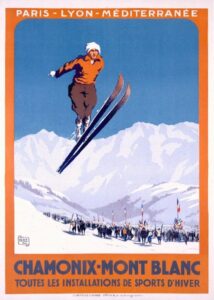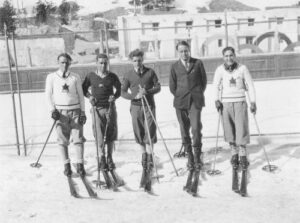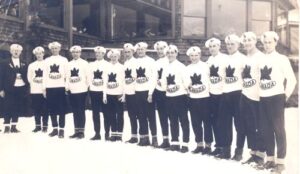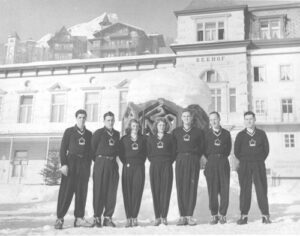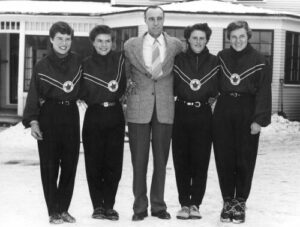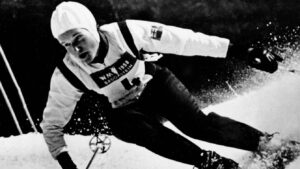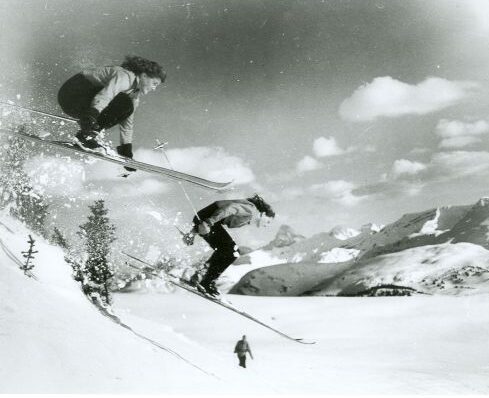The first Winter Olympic Games were held in the French Alps in Chamonix, France, in 1924. The original six sports included ski jumping, bobsled, curling, ice hockey, skiing, and skating. Today, it has become a major international, multi-sport event taking place every four years. The modern-day Winter Olympic Games now includes 15 different sports—such as snowboarding, biathlon, and luge—with more than 100 events.
Take a walk with us down memory lane to look back at the Canadian highlights from each of the Winter Olympics held between 1924 to the current 2022 Winter Olympic Games in Beijing, China.
